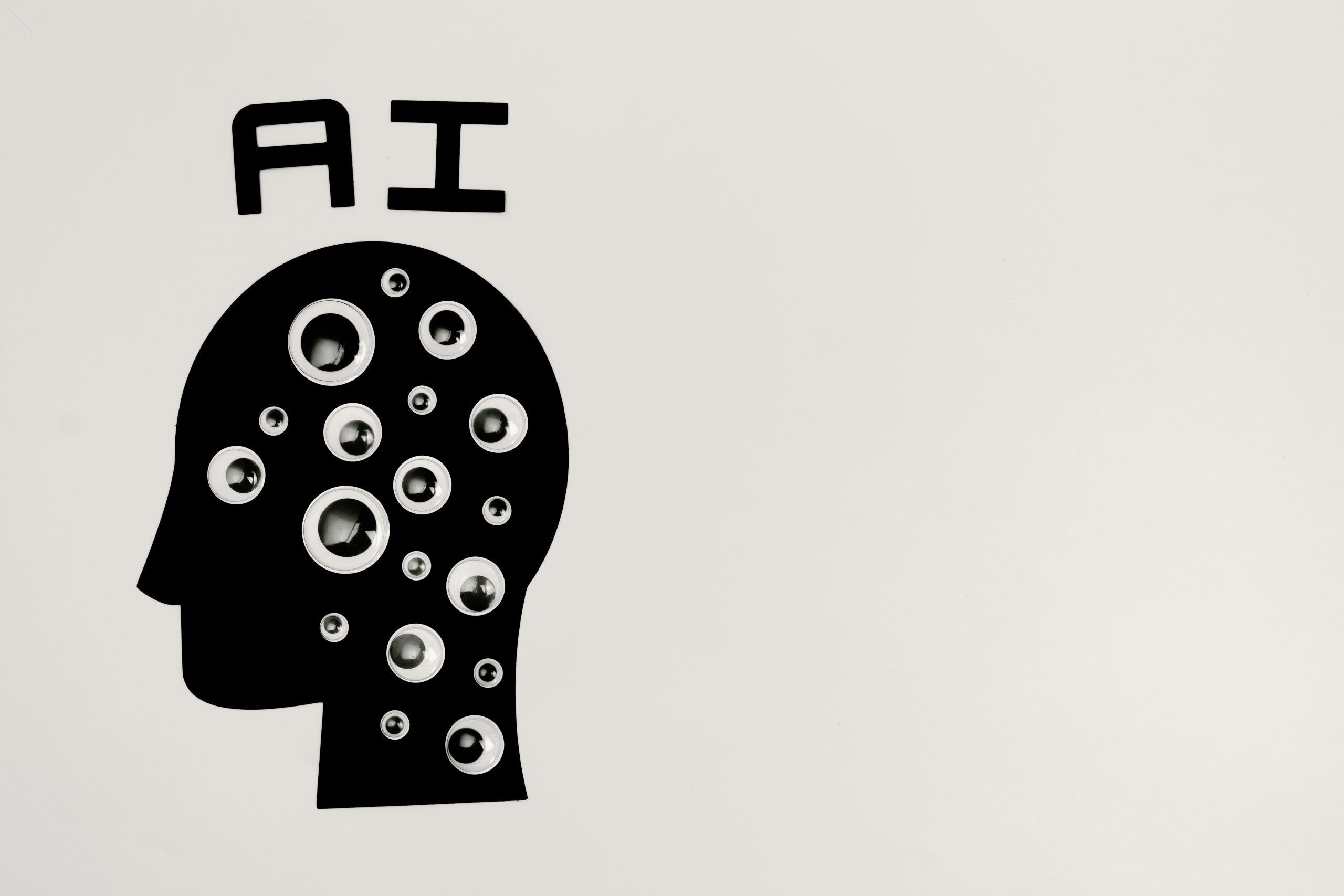What Are Our New Tools for Brainstorming and Planning Now That GPT’s Cognition Is Impaired?
Navigating the Challenges of AI: Finding Alternatives for Idea Generation and Planning
In the dynamic landscape of artificial intelligence, we’ve recently witnessed significant changes in the capabilities of various models. As many users have noted, the experience with AI tools has shifted dramatically. For example, the transition from GPT-4 to later iterations brings a mix of functionality and frustration, particularly for those relying on these tools for brainstorming and strategic planning.
Previously, GPT-4 provided a seamless experience that allowed for efficient idea generation and refined business documentation. Users appreciated its ability to synthesize thoughts succinctly and effectively.
Now, however, many find themselves facing a different reality. Here are a few common challenges encountered in the latest versions:
-
Inaccurate Responses: Instead of generating precise and relevant content, the tool may provide vague or incomplete answers, straying from the user’s original intent.
-
Acknowledgment of Errors: Following an incorrect response, it might recognize the mistake but rarely rectifies the situation satisfactorily.
-
Misleading Explanations: When errors are produced, the rationale provided can sometimes be unclear, leading to further confusion.
-
Encouragement to Explore Alternatives: Instead of simply addressing the task at hand, the tool often suggests utilizing other resources, leaving users feeling abandoned.
Despite these challenges, it’s essential to adapt and explore new methods for brainstorming and developing ideas. Whether it’s leveraging traditional brainstorming techniques, collaborating with peers, or using other digital tools, the goal is to find a suitable path forward while maximizing productivity.
For many, like myself, AI has been a valuable partner in evolving concepts and streamlining communications. While the current state may not meet expectations, it is possible to harness creativity through various alternative approaches. Embracing flexibility and adaptability will help ensure that we continue to innovate, even in the face of technological hurdles.














Post Comment